The bathroom is often considered one of the most difficult rooms to maintain in a home. However, there is a simple and inexpensive tip to effectively clean this room from top to bottom: white vinegar. This natural cleaning product is not only ecological and economical, but it is also very effective in eliminating stains, bacteria and bad odors. Discover 7 simple tips using white vinegar that will make you forget about harsh commercial bathroom chemicals.
White vinegar: the secret ingredient for a clean and fresh bathroom
Like black soap, Marseille soap, citric acid or even soda crystals, white vinegar is very versatile, which allows it to replace many household products. In addition to being a excellent cleaner which can remove stubborn stains in the bathroom (soap residue, traces of limescale and mold on the walls), it also has a strong deodorizing powerwhich allows it to eliminate bad odors caused by mold and humidity in strong maceration in this bathroom.
Its antibacterial properties also allow it to kill bacteria and germs present in the bathroom. With it, you no longer need to use bleach! Finally, this natural anti-limescale can soften hard water and thus reduce limescale deposits in bathroom pipes and taps. In short, this disinfectant and deodorizer descaler stands out as one of the best maintenance products for this place prone to scale, unpleasant odors and dirt.
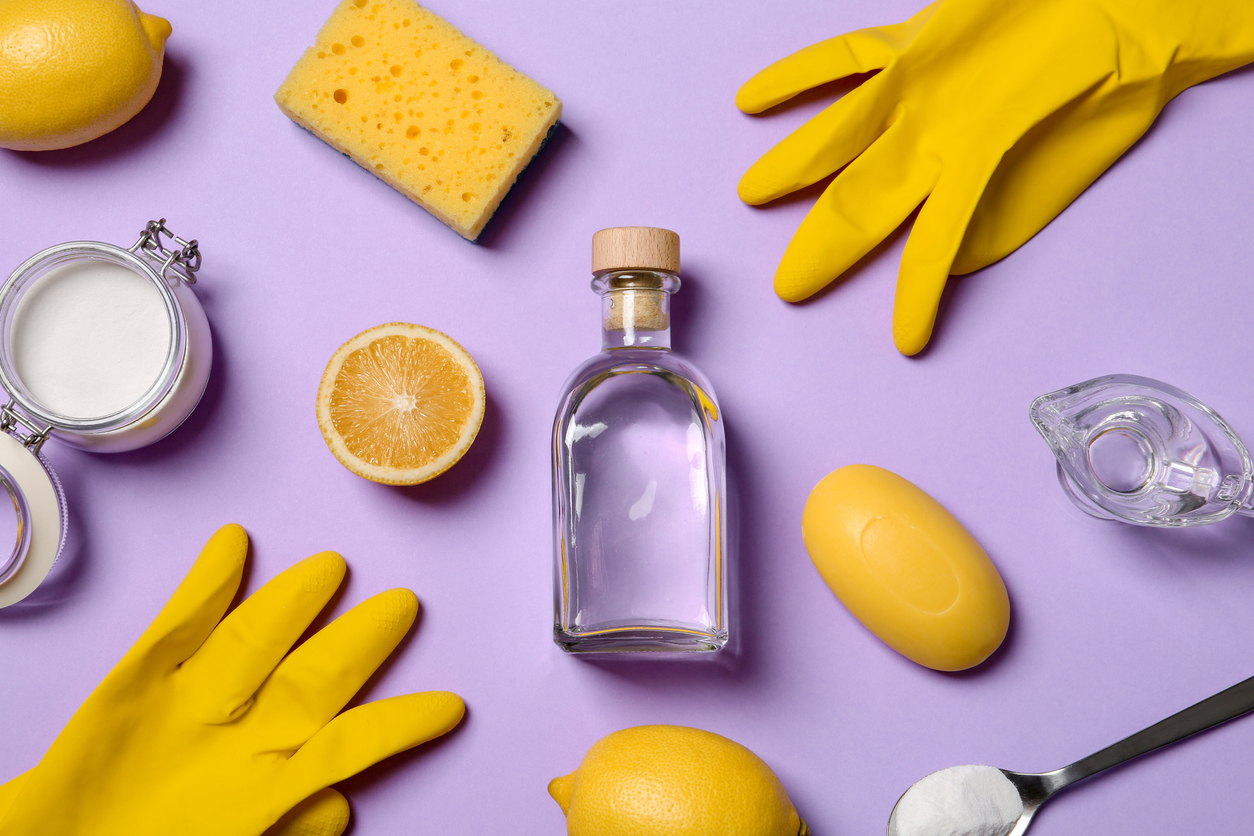
So, how to use white vinegar for effective and environmentally friendly bathroom cleaning?
1) A great tile cleaner
Very popular in bathrooms, tiles nevertheless tend to become dirty. To clean it in a single step, spray it with pure white vinegar alone or with a few drops of dishwashing liquid. If the wall or floor is very dirty, do not hesitate to heat your vinegar before using it to improve its cleaning and descaling power. After spraying, leave for a quarter of an hour, then rub well with a microfiber cloth or mop. Then wipe the treated surface with a clean, dry cloth to remove residual moisture. The white veil left by limescale will no longer be a problem and it works on all surfaces in the bathroom as long as they are neither stone nor marble.
2) Find shiny joints
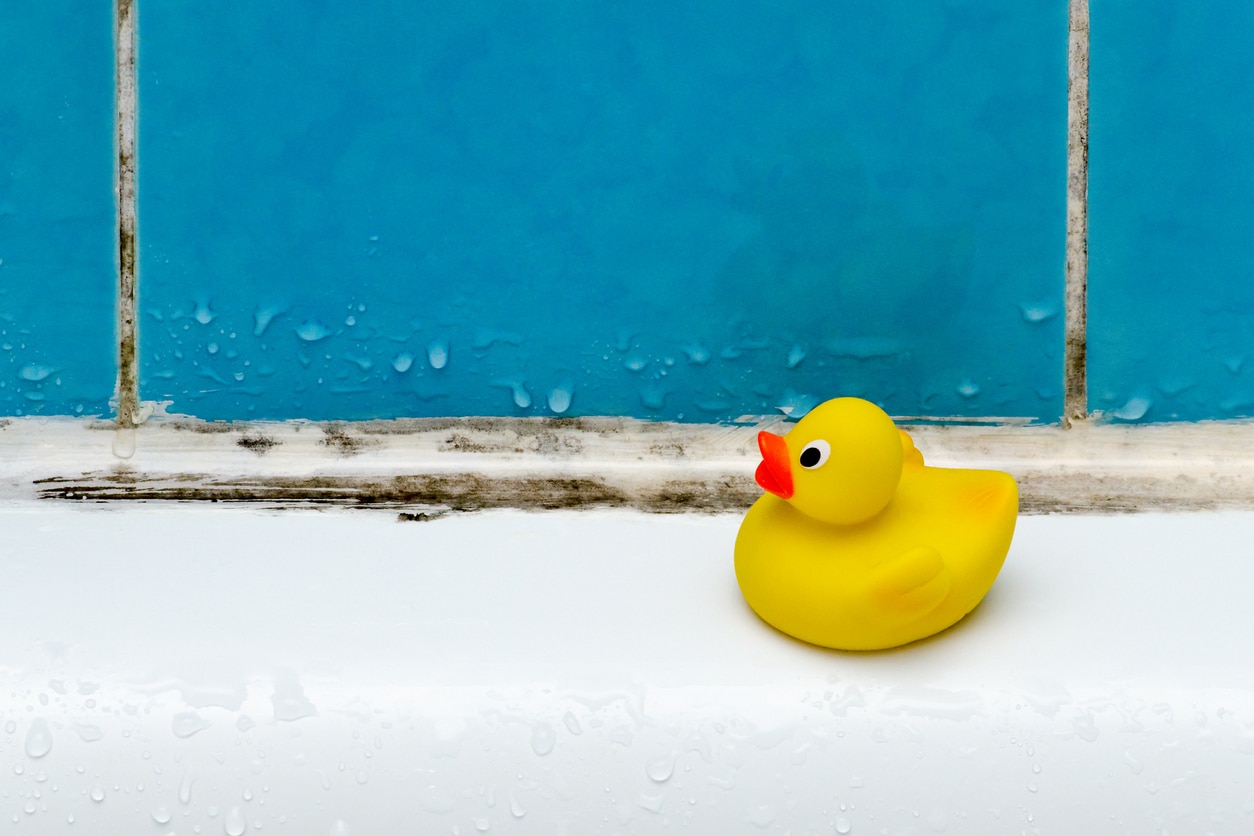
When cleaning tiles, you can use a brush (e.g. a toothbrush) to scrub the joints more effectively. However, this may not be enough to restore their whiteness. In this case, you can sprinkle baking soda on it before spraying with alcohol vinegar (or use a brush soaked in vinegar to scrub). Leave on for 30 minutes, then scrub with a brush or sponge. Rinse and dry well.
3) White vinegar for clean bathroom pipes
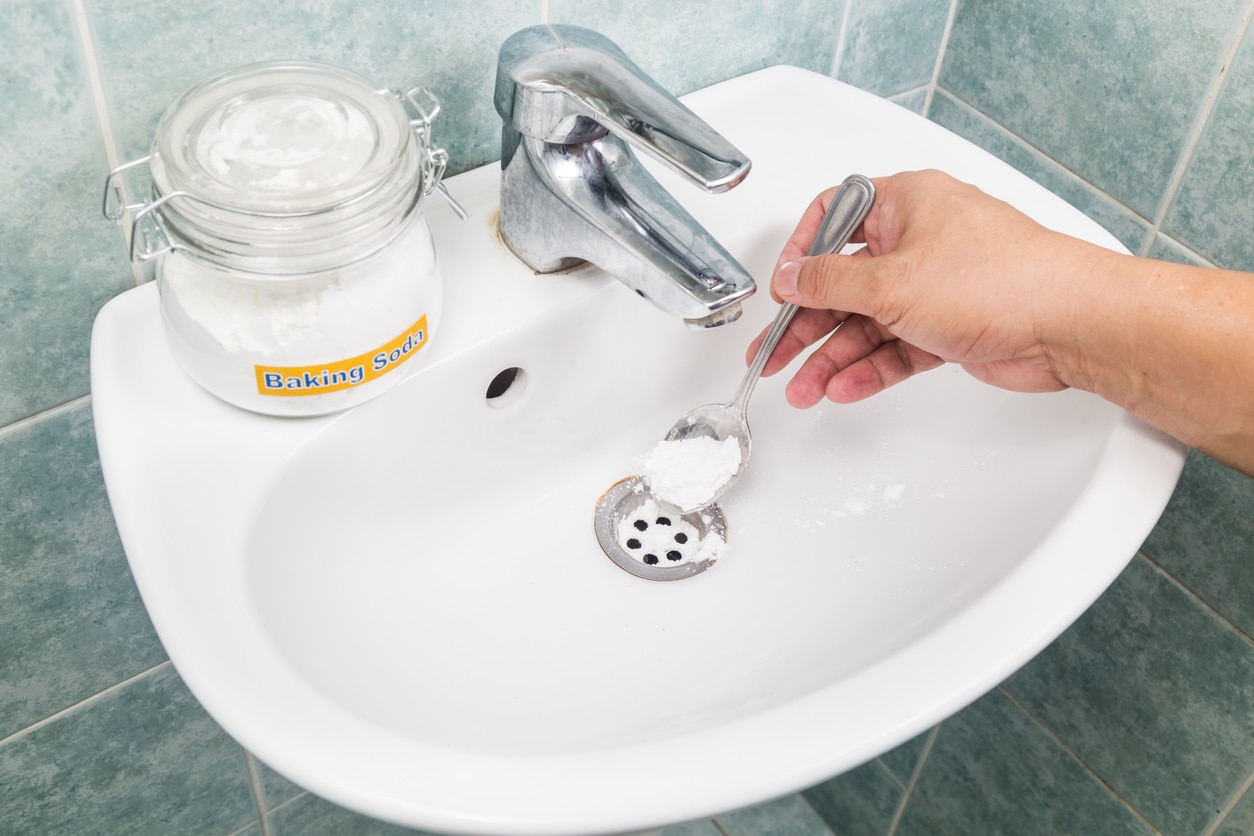
Of course, white vinegar is ideal for making exposed pipes shine. This helps eliminate stains and cobwebs in addition to repel most harmful insects attracted to humidity. All you need to do is scrub the pipes using a cloth soaked in a mixture of equal parts water and vinegar. However, it is also possible to use this maintenance product to clean the inside of the pipes. We can thus eliminate bad sewer odors in the bathroom. To do this, simply heat a good cup of vinegar in the microwave for 30 seconds and pour it all down the drain. Then, leave it on for several hours, or even overnight, before rinsing with plenty of water.
To remove a clog caused by accumulated hair and soap scum with vinegar, find the procedure to follow here.
4) For a shower head in good working order

Over time, the flow rate from the shower head may be reduced due to scale. The descaling effect of white vinegar can once again show its usefulness in the bathroom. In fact, you can slip the pommel into a sachet filled with white vinegar, then use an elastic band to keep the pouch in place. Then leave it like this for at least an hour to dissolve the tartar. For the other elements constituting the shower column, you can sprinkle baking soda, spray with vinegar, then leave to act for 30 minutes before scrubbing and rinsing.
5) White vinegar for perfect cleaning of the sink and bathtub
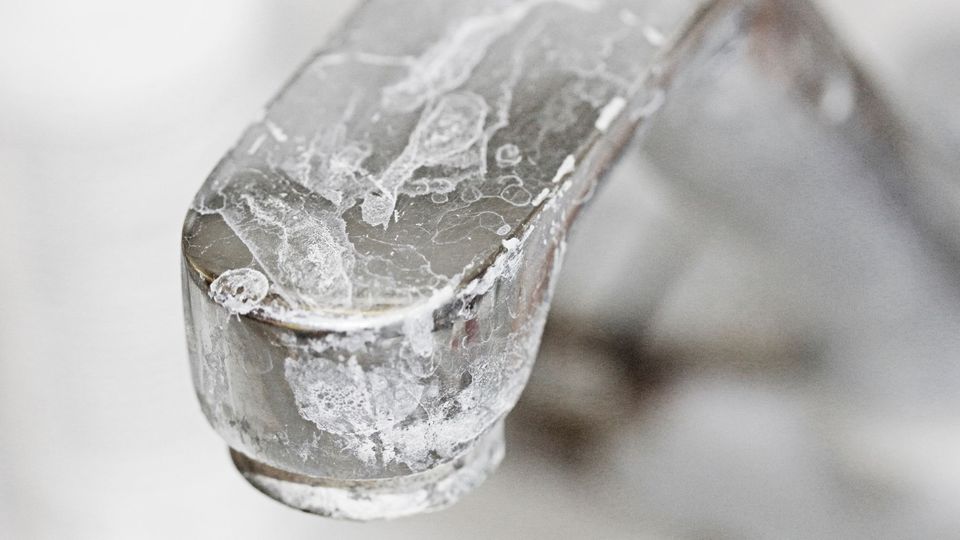
Unless they are made of stone or marble, all the elements that make up the bathroom sink, faucets and bathtub can be treated with white vinegar. This is a godsend, as these facilities all tend to scale and become clogged over time. Furthermore, the bathtub can then become more slippery. To remove general dirt and tougher soils, mix 1/3 white vinegar and 2/3 water in a spray bottle, then apply wherever needed, leave to work and scrub. For more effectiveness, you can heat the mixture or apply it to cloths to leave on the taps or stubborn stains for at least 30 minutes before rubbing to dissolve the traces or sprinkle with baking soda, spray with white vinegar, leave to act, then rub.
6) Vinegar to descale toilets in the bathroom
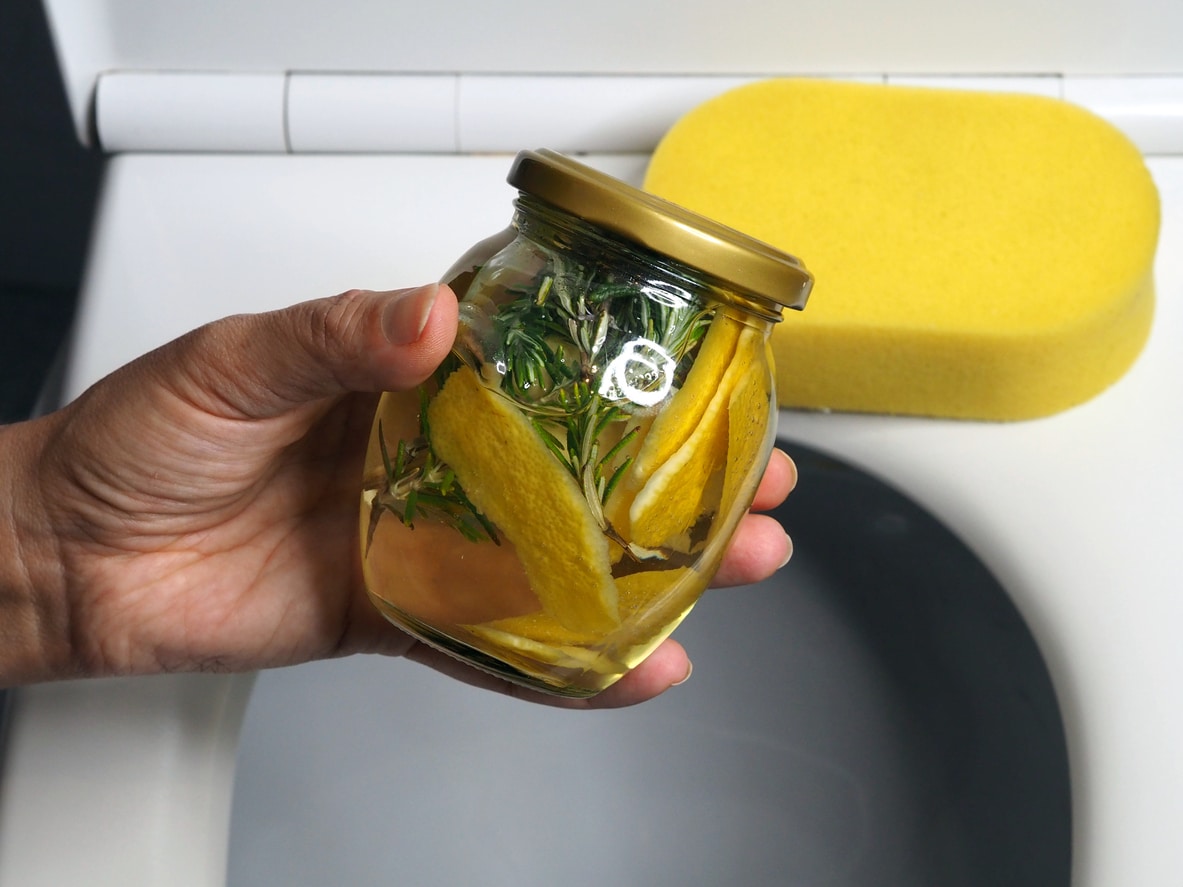
The toilets are prone to rust and scale stains. They also have many nooks and crannies which make cleaning more difficult. Fortunately, white vinegar can help restore the shine to this area of the bathroom without using polluting bleach or hydrochloric acid. To do this, empty the water from the toilet, then pour in two large glasses of vinegar heated for 30 seconds in the microwave. Then, you can pour this same product onto rags to place on inaccessible areas of the toilet. Let it sit overnight to allow the acidity of the acetic acid to workthen rub. Alternatively, you can also sprinkle baking soda everywhere, spray vinegar on top, then leave it to act overnight before scrubbing with a brush and flushing the toilet. Hard water stains will not resist it and it will also eliminate unpleasant odors
7) Vinegar for bathroom mirrors and windows

A little shaving cream helps prevent fogging, and white vinegar helps remove finger stains or toothpaste splashes on mirrors or windows. For a streak-free cleaningmix equal parts hot vinegar and water, stir, then spray on the glass surface to be treated. Then, with a clean soft cloth or newspaper, rub the windows, then dry them well.


